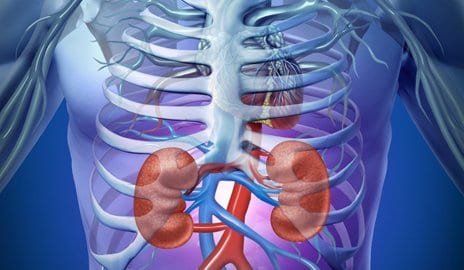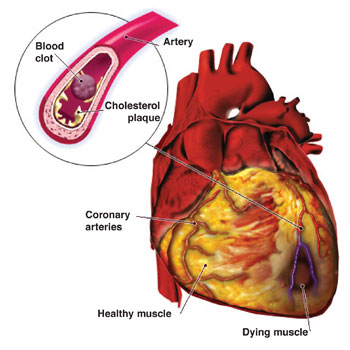One of the more common eye issue linked with diabetes is macular edema. This condition has typically been treated with laser eye surgery that can result in improved vision. However new research recently issued reveals that when surgery is combined with a specific drug therapy the results are significantly better causing some to suggest that the standard for diabetic eye care should be changed.
Retinal damage is a common problem with macular edema and can impact the future vision of the diabetic. While laser surgery has been a key player in vision restoration, the drug Lucentis has been shown to improve the ultimate result when administered during laser surgery.
Dr. Neil M. Bressler oversaw the study and told CTV.ca, “For the first time in 25 years, we have definitive proof that a new treatment can lead to better results for the eye health of people with diabetes. We expect the results of this study to have a major impact on how ophthalmologists treat macular edema in people with diabetes.”
According to MedicineNet.com macular edema is the, “Swelling of the retina in diabetes mellitus due to leaking of fluid from blood vessels within the macula. The macula is the central portion of the retina, a small area rich in cones, the specialized nerve endings that detect color and upon which daytime vision depends.
“As macular edema develops, blurring occurs in the middle or just to the side of the central visual field. Visual loss from diabetic macular edema can progress over a period of months and make it impossible to focus clearly.
“Macular edema in common in diabetes. The lifetime risk for diabetics to develop macular edema is about 10%. The condition is closely associated with the degree of diabetic retinopathy (retinal disease). Hypertension (high blood pressure) and fluid retention also increase the hydrostatic pressure within capillaries, which drives fluid from within the vessels into the retina.”
CTV.ca offers these findings; “Nearly 50 per cent of patients given eye injections of Lucentis along with laser treatments showed improvement in vision after a year of treatment, compared to just over a quarter of patients treated with laser alone.”
A derivative of the cancer drug Avastin, Lucentis has already shown promise in the more common optical disease, macular degeneration.
According to CTV.ca, “Researchers tested 691 patients with diabetic macular edema. They randomly received either laser treatment alone, laser plus Lucentis or laser plus another drug, a corticosteroid called Trivaris (triamcinolone). (Some had both eyes tested for a total of 850 eyes treated). The patients receiving Lucentis injections had eight or nine injections over the course of a year.
“The researchers found that those in the Lucentis treatment group showed greatly improved results, with no serious side-effects.”
The most noticeable results were discovered following two months of Lucentis therapy.
Perhaps the biggest hurdle in these findings is the current cost of Lucentis shots. Patients can expect to pay as much as $2,000 for each dose of the drug and multiple doses may be required over the course of a year. Lobbyists are already looking into ways to ask the government to make this procedure possible under Medicare laws then extend that benefit to those who already have health insurance policies.
For the purpose of this study Genentech, the maker of Lucentis, provided all medication necessary to complete the study.





 Anterior Ischemic Optic
Anterior Ischemic Optic 